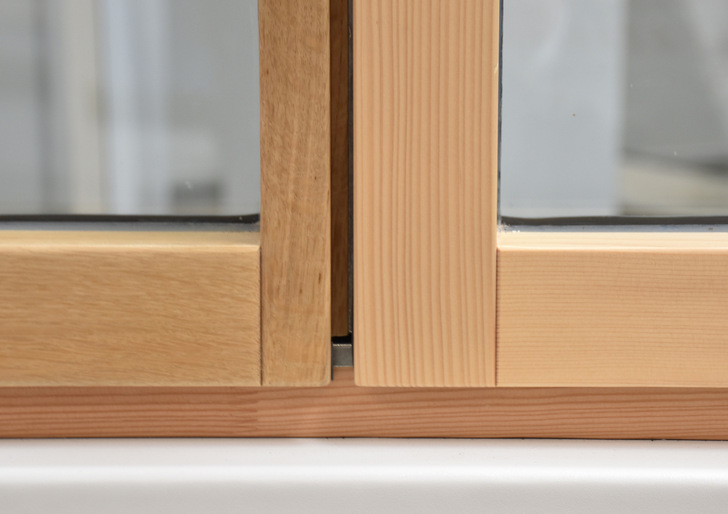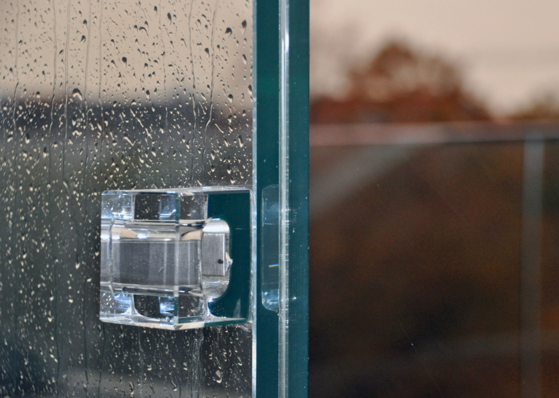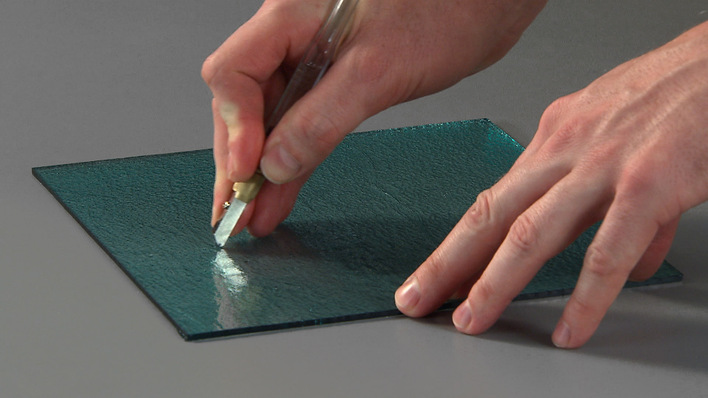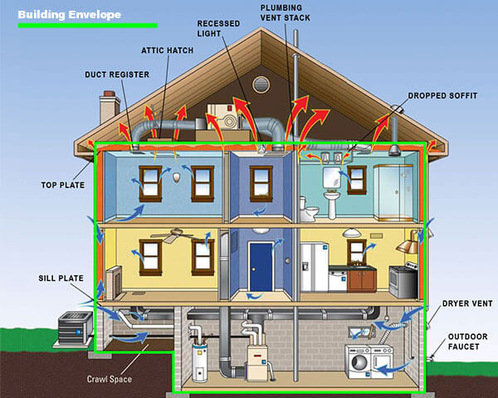In terms of air tightness, sound insulation and mechanical stress, wooden windows are on a par with building elements made of other frame materials.
What types of wood are commonly used for wooden windows?
In addition to domestic woods such as spruce and pine, tropical precious woods such as mahogany, teak and cedar are also suitable as wood types for frame construction. A distinction is made between wooden windows with a full wooden cross-section and windows with laminated profiles. The full wood cross-section is rarely found in window construction today, but more often so-called laminated profiles are used. A laminated window profile is when individual board lamellas (scantlings) are glued together to form a complete, multi-part sash or frame profile. This technique is a method that has already been used successfully in the past in timber window construction.
How useful is laminated wood for wooden window frames?
It is only through lamination that large cross-sections can be produced with far more cost-effective properties due to the composite material. This process shows particular advantages in the design of the visible surfaces. By sorting the individual board lamellas according to their appearance (lack of knots), it is possible to use less suitable lamellas for the middle zone and optically high-quality woods for the outer zones. In doing so, a far more economical utilisation of the round timber is possible when cutting the board lamellas.













